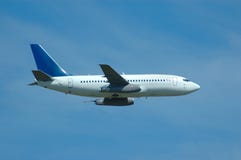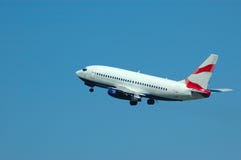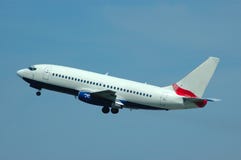Antillana De Navegación Mcdonnell Douglas Dc-8-62H Hi-576Ct Taken At Miami In April 1989 . Dc-8 Series 62: The Long-Range Series 62 Followed In April 1967. It Had A More Modest Stretch, Two 40-Inch (1.0 M) Plugs Fore And Aft Of The Wing Taking Overall Length To 157 Feet 5 Inches (47.98 M), And A Number Of Modifications To Provide Greater Range. 3 Feet (0.91 M) Wingtip Extensions Reduced Drag And Added Fuel Capacity, And Douglas Redesigned The Engine Pods, Extending The Pylons And Substituting New Shorter And Neater Nacelles, All In The Cause Of Drag Reduction. The 18,000 Lb Jt3D-3B Was Retained But The Engine Pylons Were Redesigned To Eliminate Their Protrusion Above The Wing And Make Them Sweep Forward More Sharply, So That The Engines Were Some 40 Inches (1.0 M) Further Forward. The Engine Pods Were Also Modified With A Reduction In Diameter And The Elimination Of The -50 And -61 Bypass Duct. The Changes All Improved The Aircraft's Aerodynamic Efficiency. The Dc-8 Series 62 Is Slightly Heavier Than The -53 Or -61 At 335,000 Pounds (151,953 Kg), And Is Able To Seat Up To 189 Passengers. The -62 Had A Range With Full Payload Of About 5,200 Nautical Miles (9,600 Km 6,000 Mi) Roughly The Same As The -53, But With 40 Extra Passengers. Many Late Production -62S Had 350,000 Pounds (158,760 Kg) Maximum Takeoff Weight And Were Known As The -62H.also Available Were The Cargo Door-Equipped Convertible -62Cf Or All Cargo -62Af. Production Included 51 Dc-8-62S, 10 -62Cfs, And 6 -62Afs.
ID 335112193 © Laxramper | Megapixl.com
Sharing is not just caring, it's also about giving credit - add this image to your page and give credit to the talented photographer who captured it.:
KEYWORDS
antillana navegación mcdonnell douglas dc-8-62h miami hi-576ct aircraft plane flight fly flying trip travel transport transportation cargo jet engine passenger baggage ticket airport tower runway aviation aeroplane international airliner cloud wing holiday takeoff vacation tourism tarmac business suitcase service schedule sky shipping oil fuel regional freight airplane terminal weather cockpit crew captain copilot attendant carrier freighter pilot pilots stewardess europe south north america airstrip historical aerial fright


























